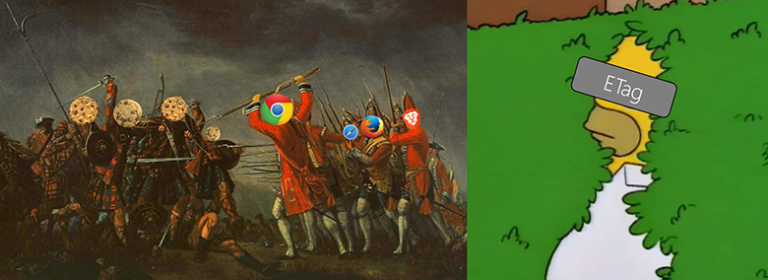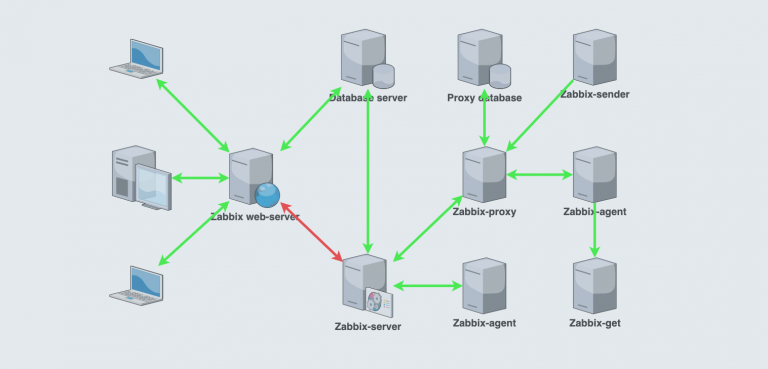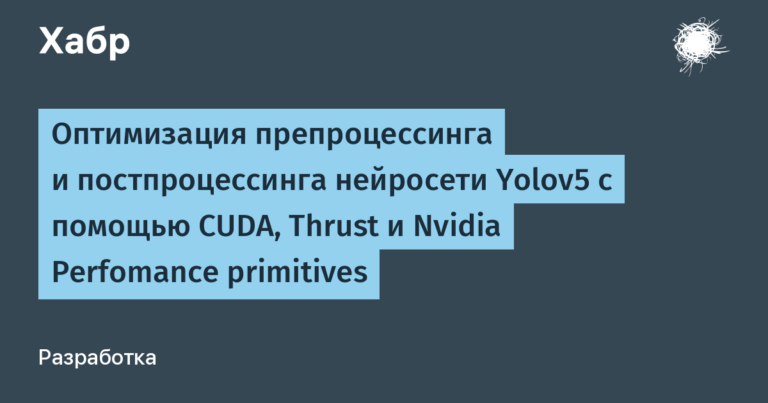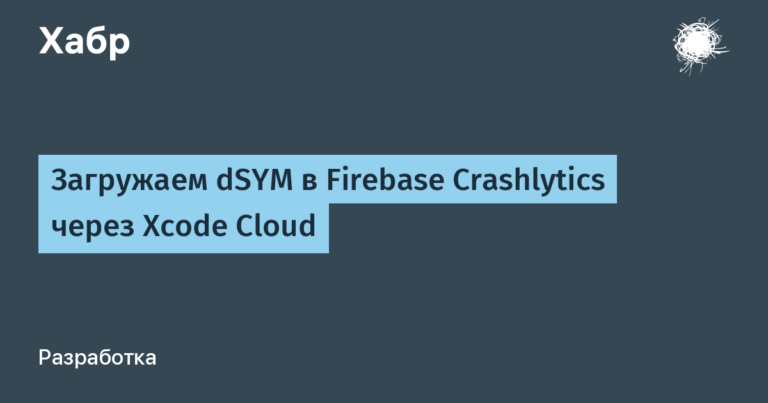Vertical and horizontal career in Data Science
Career path landscape
What do career paths look like in the field of working with data? We addressed this question to Oksana Prutyanova, Head of the practice of hiring analysts and data scientists at New.HR. From this perspective, she has a high-level view of how the labor market works.
“In data science, as in any other field, there are two career options: development of professional skills in working with data (horizontal career) and growth on the career ladder, development of managerial functions (vertical career).
Moreover, in terms of horizontal career, there is an option to delve into any one subject area. For example, to engage in computer vision, NLP or recommender systems and become a unique professional within any one chosen field. Recently, many have been talking about the future of just such a focus. Another way is to study and use universal methods and approaches in data science.
If you try to unify, then the standard path of a horizontal career: trainee or Junior DS, then Middle DS and Senior DS.
This, of course, is very conditional gradation, and a lot depends on the specifics of the company itself, its profile, the number of working relationships within the company / team, the scale of tasks, etc.
You can start talking about building a vertical career when there is a clear understanding that communication, the ability to build relationships, manage projects and bring people together around you – this is your strong point. At the same time, a high level of authority and trust on the part of colleagues and one’s own desire to carry out a lot of managerial work (building and organizing processes, making strategic decisions, resolving personnel issues on team formation, retention and development, etc.) are important. As a rule, the more successfully a vertical career is built, the less time is left for solving complex professional problems. Often team leaders and analysts have to specifically set aside time to work with data.
Growth along the career ladder is most often built along the path: senior DS, then team leader and then head of department, head of analytics and CDO.
Such a trajectory will require not only, and not so much, strong analytical skills as a high level of development of the so-called soft skills: sociability, ability to work in a team, leadership, adaptability, ability to lead projects, ability to think strategically, etc.
If you want to check your managerial skills and take the first steps in leadership, you can take or initiate a project as an analyst manager. This will allow you to test your strengths without departing far from the tasks of data science.
For the business, perhaps, managers and managers who are able to lead the projects and analytical teams necessary for the business and strong data analysts are equally valuable and in demand. ”
Now let's look at these positions through the eyes of the process participants themselves. We asked the same questions to our graduates, developing their careers horizontally and vertically, in order to better understand what they are doing, what are the differences between the different roles.
- What does your post sound like?
- What typical tasks do you perform approximately every day?
- What is your area of responsibility?
- How is your success measured for the company, if measured?
- The relationship between organizational tasks and something to do with your own hands?
Horizontal career
Junior Data Scientist
About what Junior Data Scientist does, we asked Yegor Shvetsov, who works in one of the online movie theaters.
1. What is your position?
Specialist in mathematical modeling.
2. What are some typical tasks you perform approximately every day?
Analytical queries.
I figure out where what data is.
Writing code in prod and refactoring it.
Small ETLs.
We bring the model to sale.
We build dashboards for the analysis of business metrics.
Sometimes tasks vary on Computer Vision.
3. What is your area of responsibility?
Quality metrics.
Compliance of the code with the requirements of the development team.
4. How is your success measured for the company, if measured?
Quality business metrics (sales, CTR, etc.).
Development of internal products that save time.
5. The relationship between organizational tasks and something to do by hand?
30% is an organization.
70% – by hand.
Middle Data Scientist
About what Middle Data Scientist does, we asked Pavel Krylov from MegaFon.
1. What is your position?
Data Analyst.
2. What are some typical tasks you perform approximately every day?
Currently, geodata analysis.
3. What is your area of responsibility?
By type of task, tasks come to me that intersect data analysis with development. If you need to dig something new from the point of view of libraries or implement some article, then the task will also likely come to me.
4. How is your success measured for the company, if measured?
Success is the achievement of the goals agreed at the beginning of the year. Each one sets himself 3 goals: some small projects that need to be completed in a year. They evaluate the work of everyone.
5. The relationship between organizational tasks and something to do by hand?
It is considered / assumed that the middle date the scientist must / can communicate with the customer himself. Now 10% are organizational, a strong roll is going to development instead of ML, because we are productive projects.
Senior Data Scientist
About what Senior Data Scientist does, we asked Vladislav Boyadzhi from Sberbank.
1. What is your position?
Head of Data Research. In fact, I have a Senior DS position.
2. What are some typical tasks you perform approximately every day?
Sberbank has very different teams, and what a person will do will strictly depend on where you get. Personally, I deal with everything related to tabular data more, but there were projects related to both NLP and recommendation systems. Usually in my work I have a couple of projects that I do, and this usually means the whole cycle of work from discussing the process with the customer and the final goal to implementing the models.
3. What is your area of responsibility?
My goal (and probably of any DS) is to bring benefits to the customer, that is, it is important enough that the model works and starts to make a profit. To do this, you need to make sure that there is qualitative data in the windows, that the process of applying the model by the customer is correct, that there is monitoring of the model and you can verify its performance.
The project work itself includes a discussion with the engineers about where which data is located. If this is an update to an existing model, then it would be nice to discuss with the developers of the previous version of the difficulties that arose.
4. How is your success measured for the company, if measured?
In the ratings that customers put. Sberbank has a system of employee ratings for three competencies: “I am a leader”, “we are a team” and “everything for a client”. For these competencies, you should evaluate yourself on a 5-point scale and ask yourself to rate the people you worked with. The assessment is carried out once a quarter and at the end of the year and affects the size of the premium.
5. The relationship between organizational tasks and something to do by hand?
I think 50 to 50. It seems good to me that there is the opportunity to switch from the same tasks and think about the big picture.
Vertical career
Timlid
About what Timlid does, we asked Kirill Danilyuk from Yandex UAV and Anna Kryuchkova from Sberbank.
Kirill Danilyuk
1. What is your position?
Team Leader, ML Projects.
2. What are some typical tasks you perform approximately every day?
First, come up with the tasks themselves, beat them into understandable pieces and convey to people how best to solve these problems. That is, not only describe the tasks themselves, but also explain how to best do them and help in the process. Secondly, to be an expert, because developers (researchers) do not always understand how to solve a particular problem, they have to help with very specific tips or code. Thirdly, to be the custodian of the development process: to force to write tests, clean code, check PRs (pull requests, approx. ed.) An even bigger task is to hire and evaluate their employees.
3. What is your area of responsibility?
ML-projects (computer vision, predictive analytics with a focus on evaluating the quality of algorithms) in the whole direction of drones.
4. How is your success measured for the company, if measured?
In terms of number and speed of implementation (read, deploy to battle and gaining benefits) of projects, especially urgent ones.
5. The relationship between organizational tasks and something to do by hand?
35% / 65% (organizational tasks, of course, more). You have to write code with your hands every day, usually it’s either finishing work after others, or prototypes for the sake of drawing / kickoffing new projects. Without self-immersion in the task it is impossible to set it correctly. Purely food staging is not enough from the word "completely."
Anna Kryuchkova
1. What does your position sound like?
My position is Executive Director at Sberbank. Essentially – team lead DS teams.
2. What are some typical tasks you perform approximately every day?
Discussion of tasks within the team, structuring, prioritization. Evaluation of blockers, inventing different solutions to problems. Meetings with external project activities teams. “Selling” product vision and team work results. Sometimes the hands reach the code.
3. What is your area of responsibility?
My area of responsibility is the formation and implementation of KPI for projects, along the way – the effective work and motivation of the team.
4. How is your success measured for the company, if measured?
For the company, my success is the KPI of my projects and tasks.
5. The relationship between organizational tasks and something to do by hand?
Organizational activities occupy up to 90% of the total time. Sometimes I pamper myself with coding, but infrequently – firstly, I learned to trust the team, and secondly, there is not always a piece of the task that can be postponed indefinitely (there is always a risk of emerging organizational tasks of first priorities, for example, team performance blockers) . Therefore, for my pleasure and broadening my horizons, I take practical courses online, where my speed can only affect the speed of obtaining a certificate.
Head of Department
About what the head of the department is doing, we asked Yana Charuyskaya from Sberbank.
1. What does your position sound like?
My position is the Executive Director, in fact – CDS (Chief Data Scientist).
2. What are some typical tasks you perform approximately every day?
Basically, the tasks associated with planning the work of the team, preparing and conducting presentations on the development of AI in our block, solving organizational issues.
3. What is your area of responsibility?
I am responsible for the current and future models of the troubled asset department.
4. How is your success measured for the company, if measured?
Achievement of my quarterly and annual goals, which we plan for next year right now. I add that our goals are very ambitious.
5. The relationship between organizational tasks and something to do by hand?
The main thing is, of course, the organizational tasks that occupyaboutmost of the working time. I can do something with my hands in my free time, but this is more like a hobby.
Head of Department
About what the head of analytics is doing, we asked Oleg Khomyuk from Lamoda.
1. What does your position sound like?
Head of Research and Development.
2. What are some typical tasks you perform approximately every day?
About the processes:
- setting goals for the OCD system, tracking progress on the goals of the department and all team members
- iteration planning
About the team:
- 1-1 with employees, performance review (evaluation based on the results of the work period)
- staff recruitment, interviewing
About communication with the rest of the company:
- liaising with stakeholders to identify potential growth points when using data analysis practices, internal consultations
- communication for management according to plans, terms and results of ongoing projects of the department
3. What is your area of responsibility?
Projects related to data monetization and development of algorithms for fashion e-commerce. To a greater extent, a bias towards product development is search algorithms, recommendation systems, etc.
4. How is your success measured for the company, if measured?
Measured by the success of our team launches / releases. As a rule, it is connected with proven (for example, using the A / B-test) achievements in predefined metric targets.
5. The relationship between organizational tasks and something to do by hand?
The ratio is rather close to 100/0. I don’t write code, sometimes I read, my participation in direct work is currently limited to working discussions and brainstorming sessions. The rest of the time is distributed between organizational tasks.
Chief Data Officer
About what CDO does, we asked Nikita Matveev from S7.
1. What does your position sound like?
Director of Data Management.
2. What are some typical tasks you perform approximately every day?
Approximately half of the work comes down to monitoring product activities – checking status, discussing key tasks, resolving cross-team conflicts, monitoring product performance and stability metrics. Then I try to devote most of the time to the development of new areas – I analyze, decompose and distribute new tasks. Now this is the implementation of data management processes. The third block is the construction of a data strategy, the collection of all data tasks in one structure, immersion in the processes of the main business units and prioritization.
3. What is your area of responsibility?
Responsibility is super wide. In addition to controlling 10-15 important products, you still need to be aware of the processes of key business functions and formulate proposals for improving efficiency.
4. How is your success measured for the company, if measured?
The main metric is financial. We measure the growth of process efficiency due to the introduction and development of products. But there are also high-quality tasks of more strategic importance.
5. The relationship between organizational tasks and something to do by hand?
Probably 70/30. But I do not work with data, but more with processes and with structuring tasks.
Conclusion
From the answers of our graduates, it can be seen that often specific areas of responsibility and responsibilities depend on the company in which the person works. This factor also plays an important role along with the position. Today, for example, we are organizing a panel discussion within the framework of the “CDO Club” on one of the above positions in a vertical career: “The role of CDO and how different companies understand it”. Let us discuss the differences between different organizations.
Nevertheless, the “grid” that we proposed in this post still helps to structure this diversity, allows us to understand in which direction to move and develop both in a horizontal career and in a vertical one.





